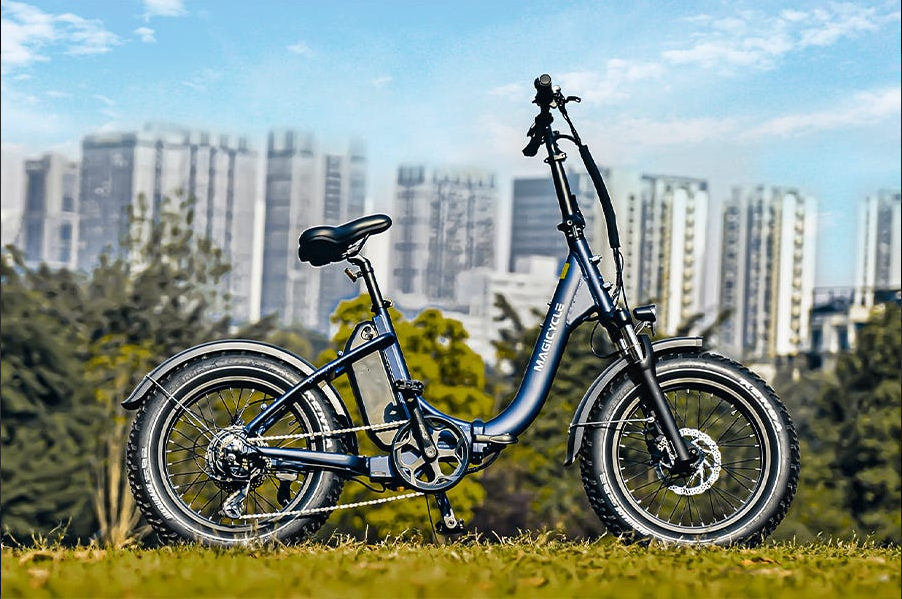Exploring the Future of Urban Mobility with Electric Bikes

The future of urban mobility is undergoing significant transformation, and electric bikes (e-bikes) are playing a crucial role in shaping this evolution. E-bikes are changing the way people commute, reducing congestion, lowering emissions, and promoting healthier lifestyles. Let’s explore some key aspects of how e-bikes are contributing to the future of urban mobility:
- E-Bike Adoption: E-bike adoption is on the rise globally. As technology improves and prices become more affordable, more people are turning to e-bikes as a viable mode of transportation. They offer a convenient, efficient, and eco-friendly way to move around cities.
- Solving the Last-Mile Problem: E-bikes address the “last-mile” problem, which is the challenge of getting from a transportation hub (e.g., a train station) to one’s final destination. They are compact, easy to park, and can navigate through congested areas, making them ideal for short trips.
- Reducing Traffic Congestion: By replacing car trips for short-distance commuting, e-bikes help reduce traffic congestion in urban areas. This not only saves time for commuters but also decreases the overall carbon footprint of cities.
- Eco-Friendly Transportation: E-bikes are a sustainable mode of transportation. They produce zero emissions and have a much lower carbon footprint compared to gasoline-powered vehicles, contributing to cleaner air and a healthier environment.
- Health Benefits: E-bikes encourage physical activity and outdoor engagement. They provide an option for individuals who may not be able to ride a regular bicycle due to physical limitations or long distances. Pedal-assist e-bikes allow riders to choose the level of assistance they need, promoting physical fitness.
- Affordability and Cost Savings: E-bikes are more cost-effective than owning and maintaining a car. They require minimal maintenance, no fuel costs, and often come with a lower initial purchase price. Commuters can save a significant amount of money by switching to e-bikes.
- Infrastructure Improvements: The growing popularity of e-bikes is prompting cities to invest in better cycling infrastructure, such as bike lanes and bike-sharing programs. This benefits not only e-bike riders but also traditional cyclists and pedestrians.
- Innovations in E-Bike Technology: E-bike technology continues to evolve. Advances in battery technology are increasing range and reducing charging times. Integration with smartphone apps for navigation and tracking is becoming more common. Additionally, the design of e-bikes is becoming sleeker and more appealing.
- Electric Bike Sharing: Many cities are introducing electric bike-sharing programs, allowing residents and visitors to easily access e-bikes for short-term use. This promotes the adoption of e-bikes and further reduces the need for private car ownership.
- Legislation and Regulation: Governments are updating their legislation to accommodate e-bikes, defining their classifications (e.g., pedal-assist, throttle-based) and speed limits. These regulations ensure the safe integration of e-bikes into urban transportation systems.
In conclusion, electric bikes are poised to play a vital role in the future of urban mobility. They offer a sustainable, affordable, and efficient solution for short-distance commuting while addressing key challenges such as traffic congestion and environmental concerns. As technology and infrastructure continue to improve, e-bikes are likely to become an even more integral part of urban transportation systems, promoting healthier, greener, and more accessible cities.




